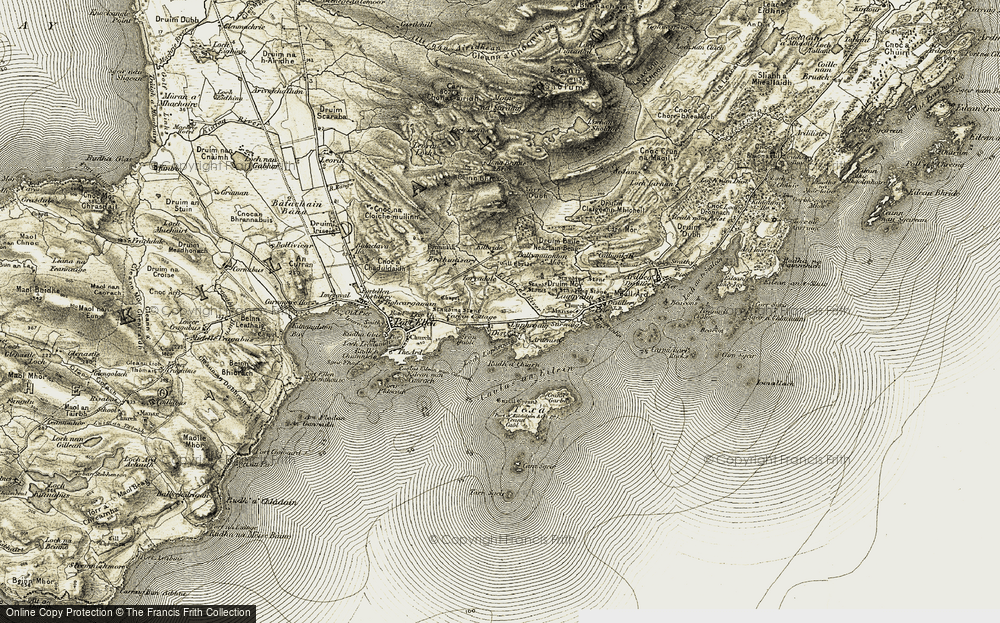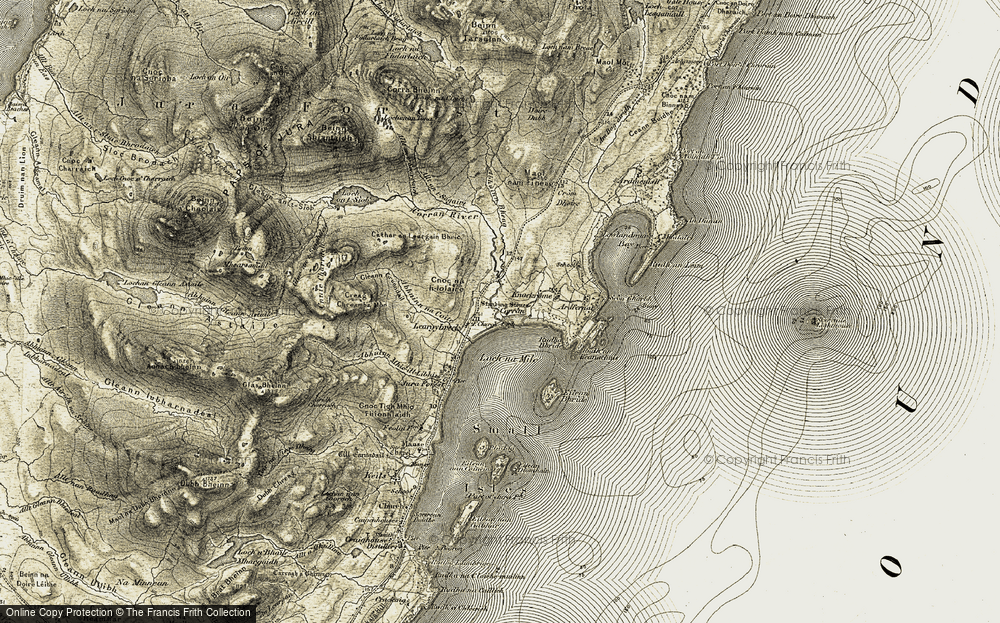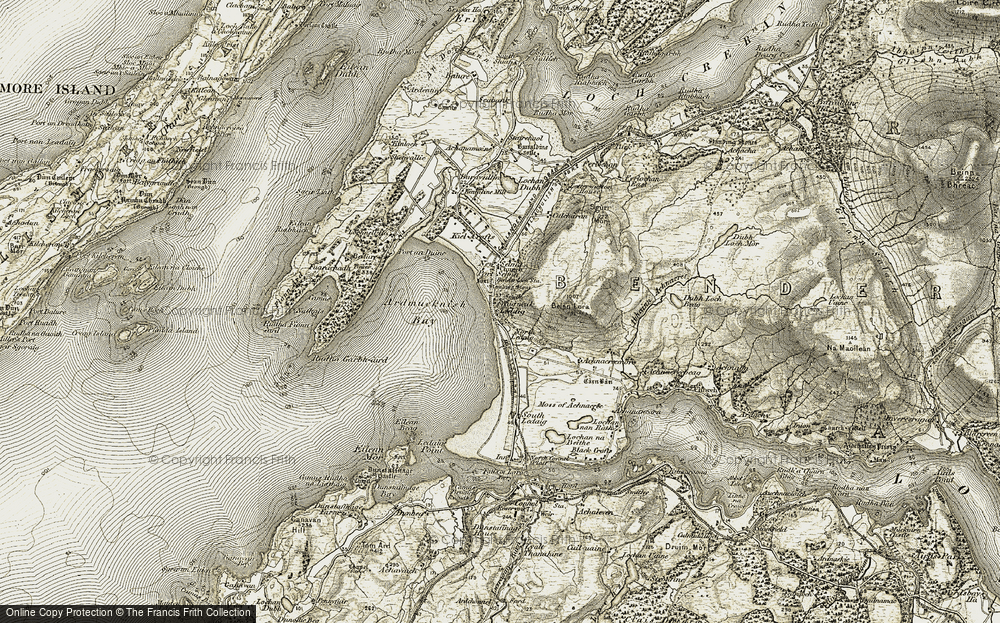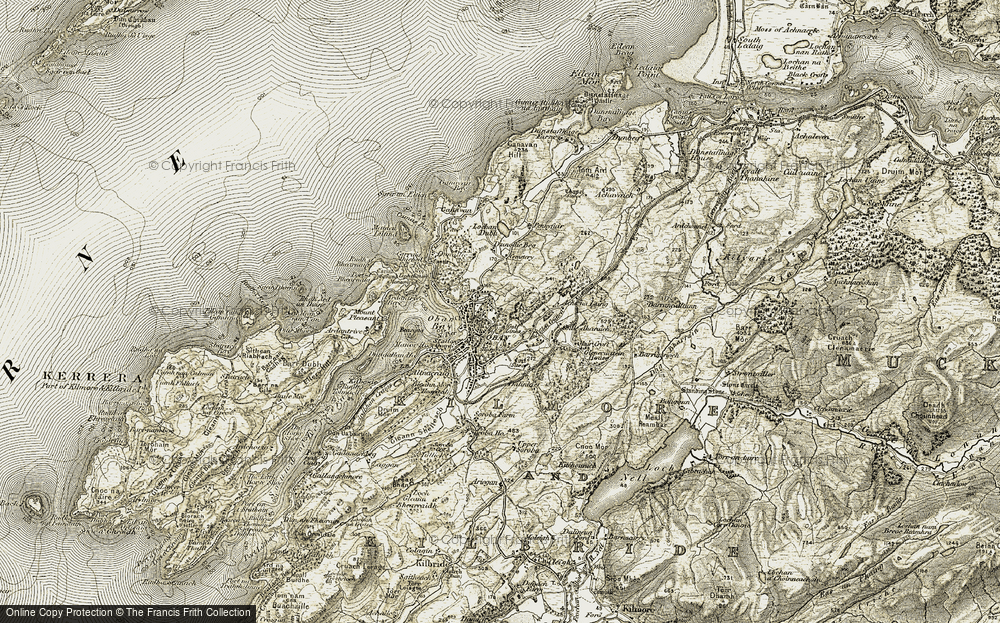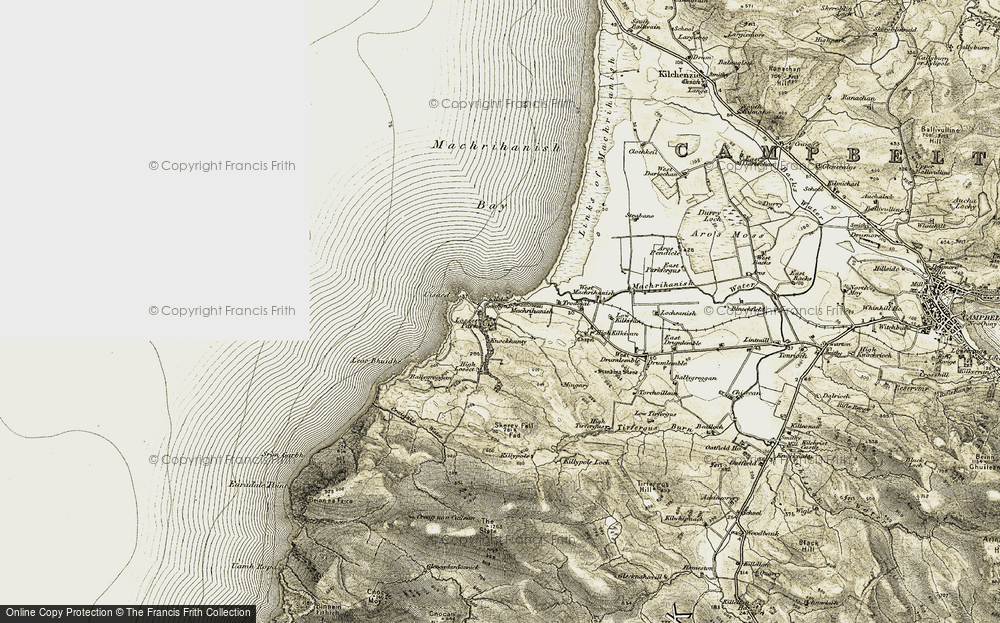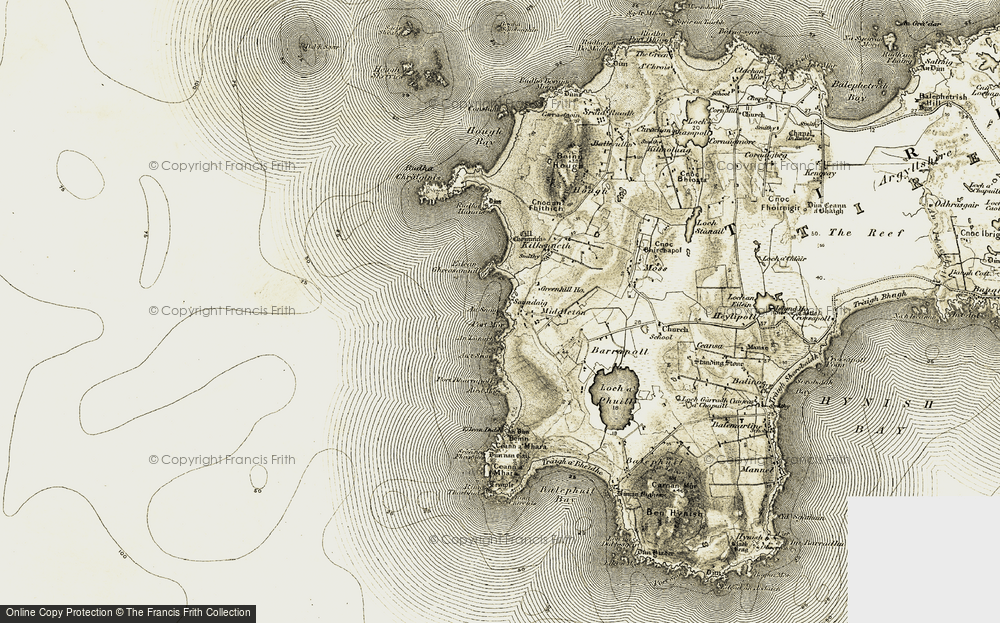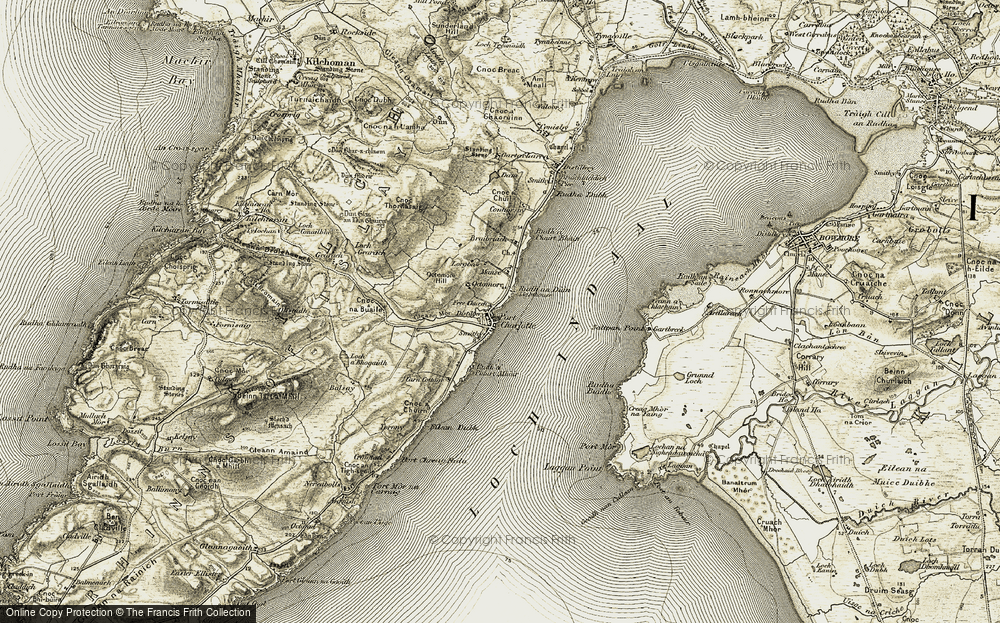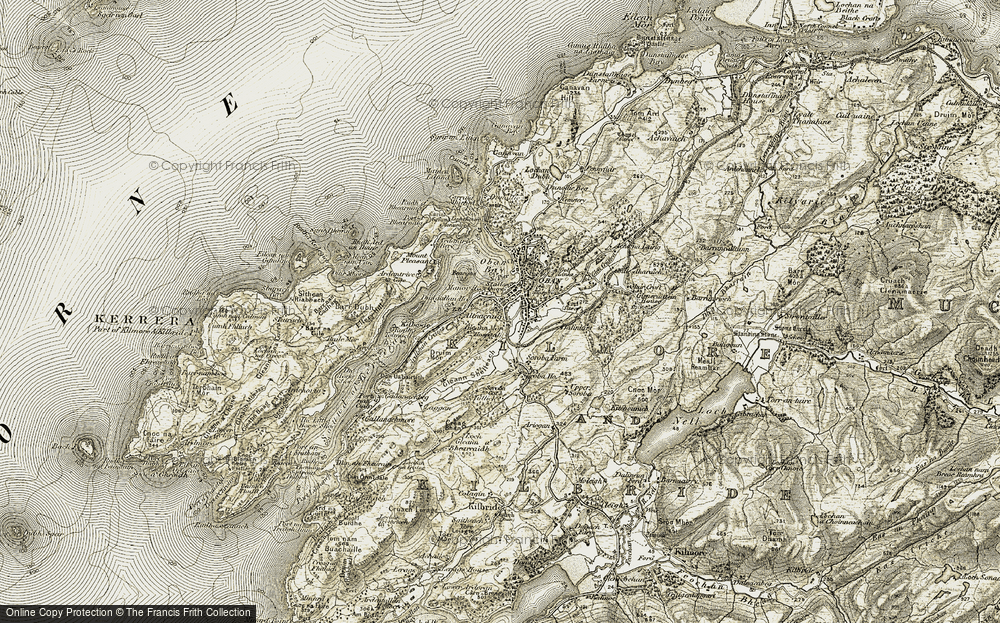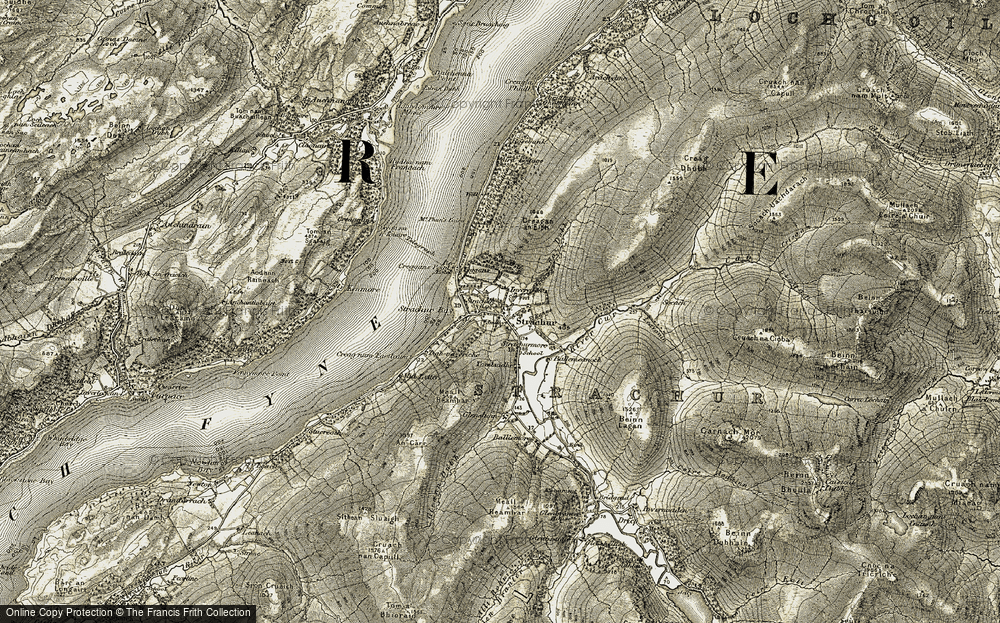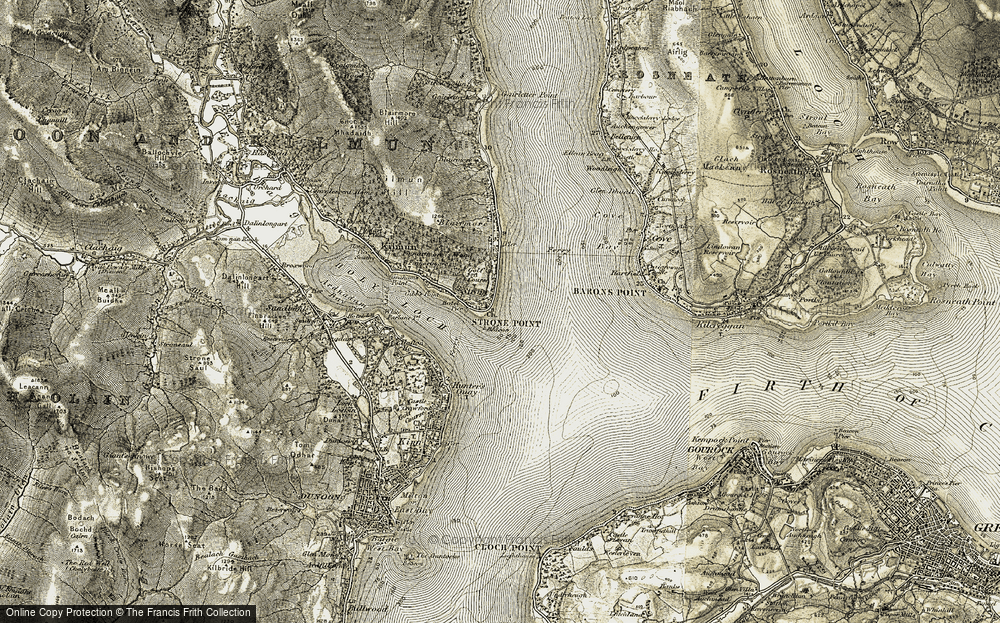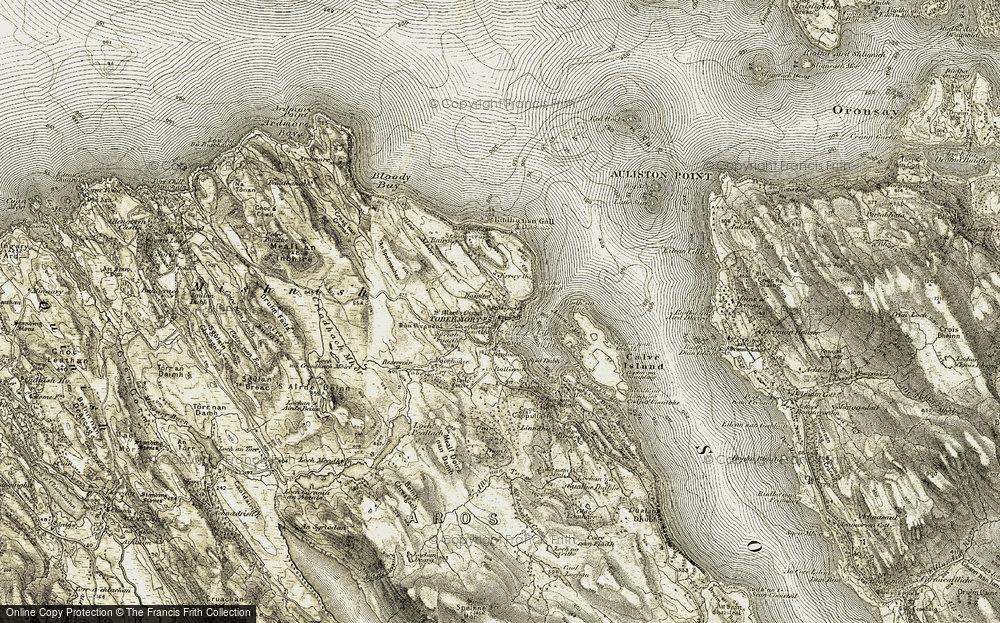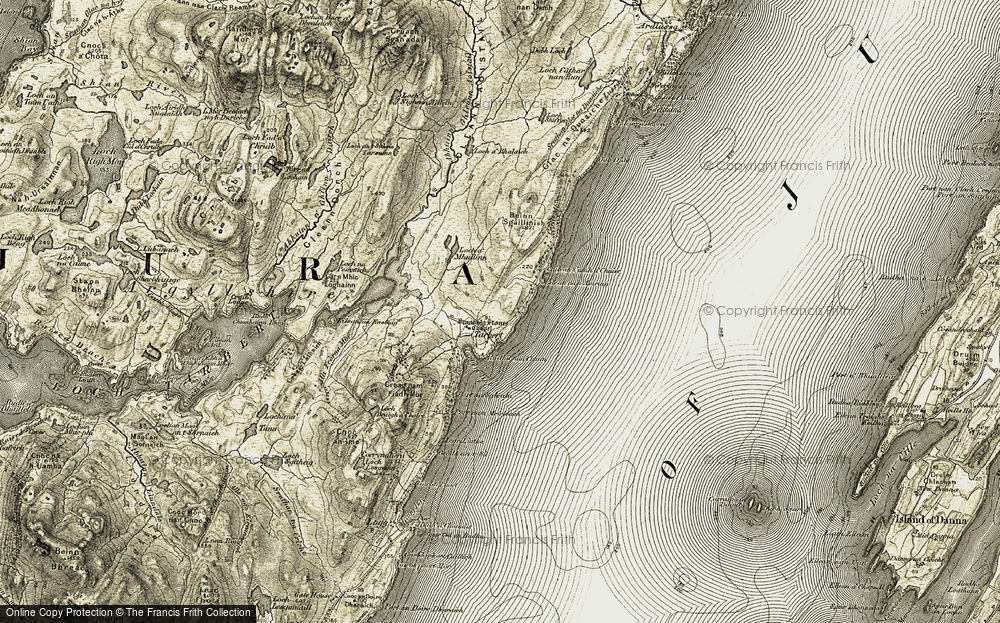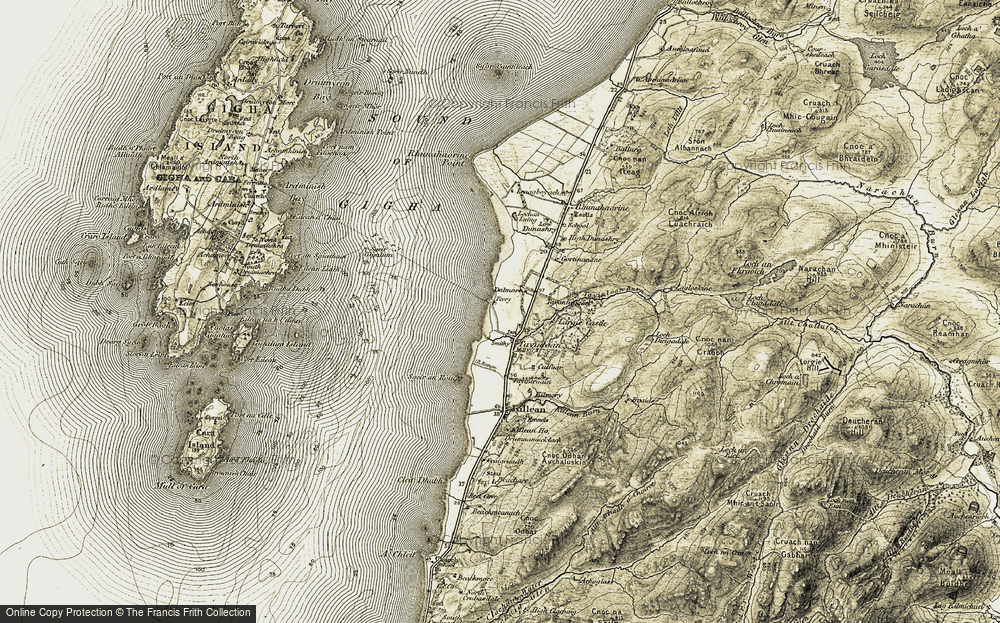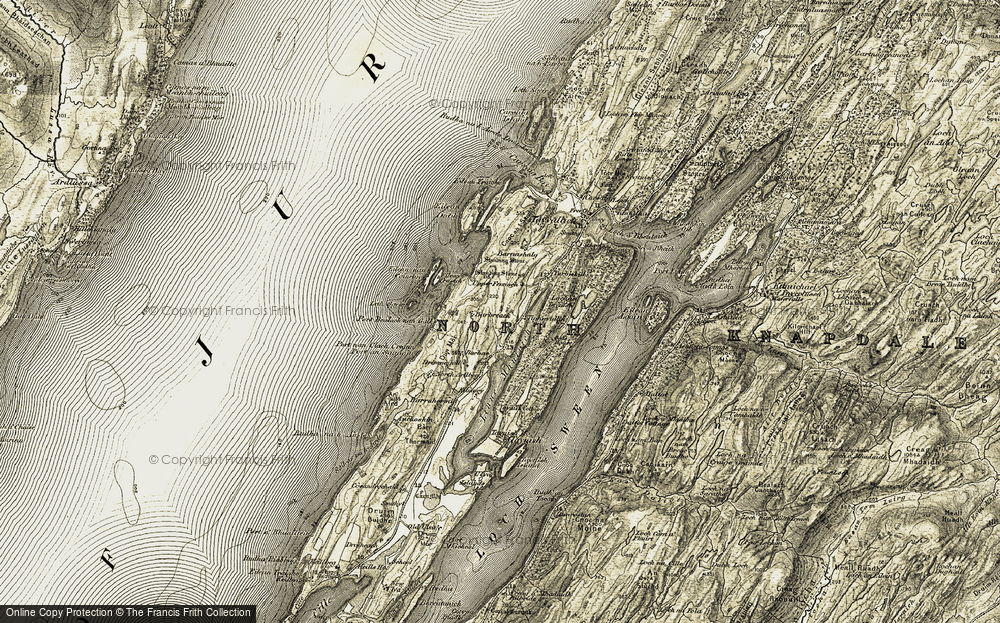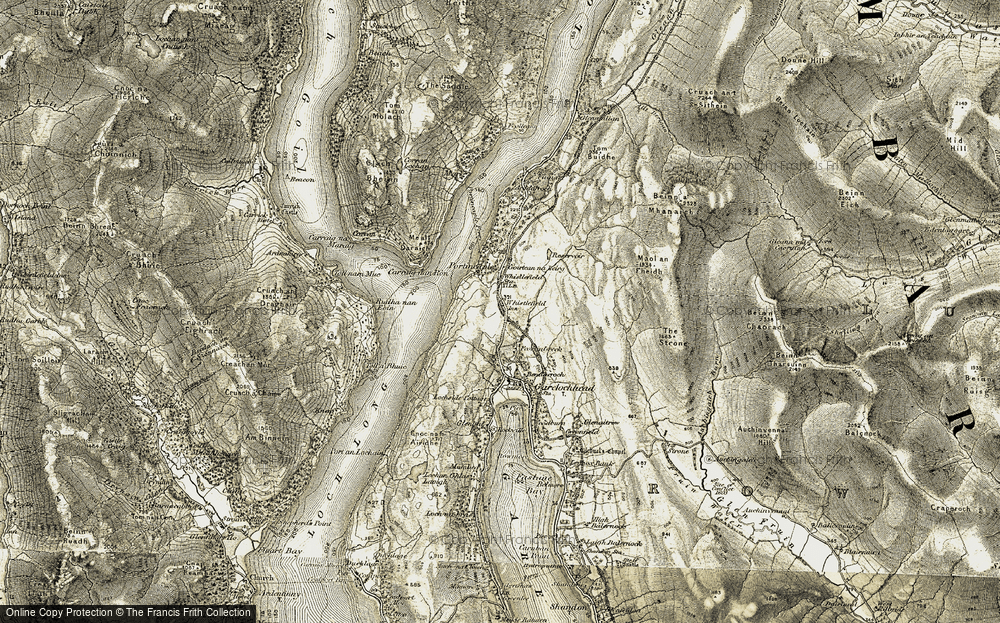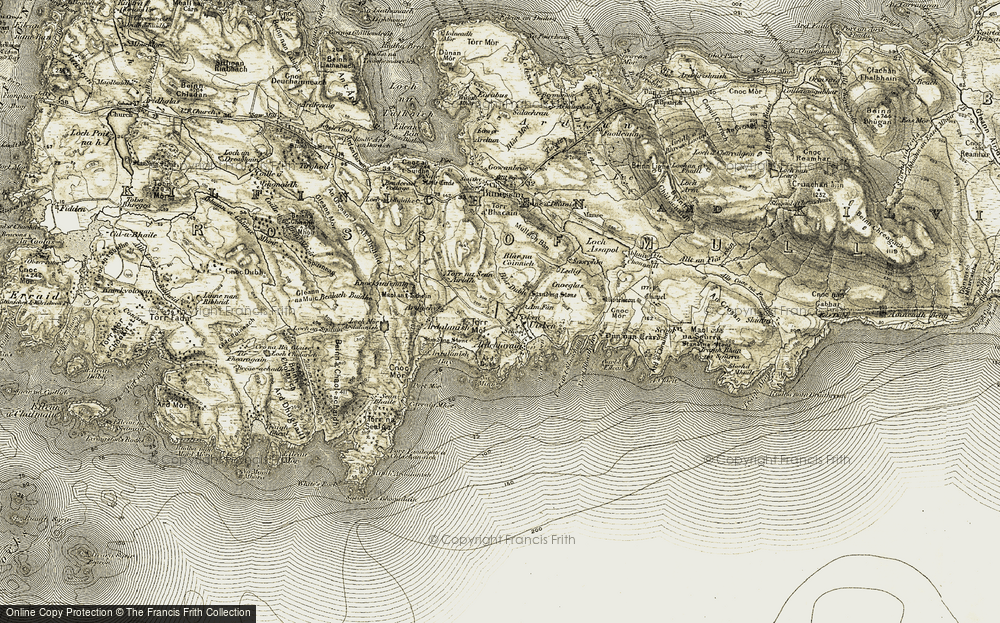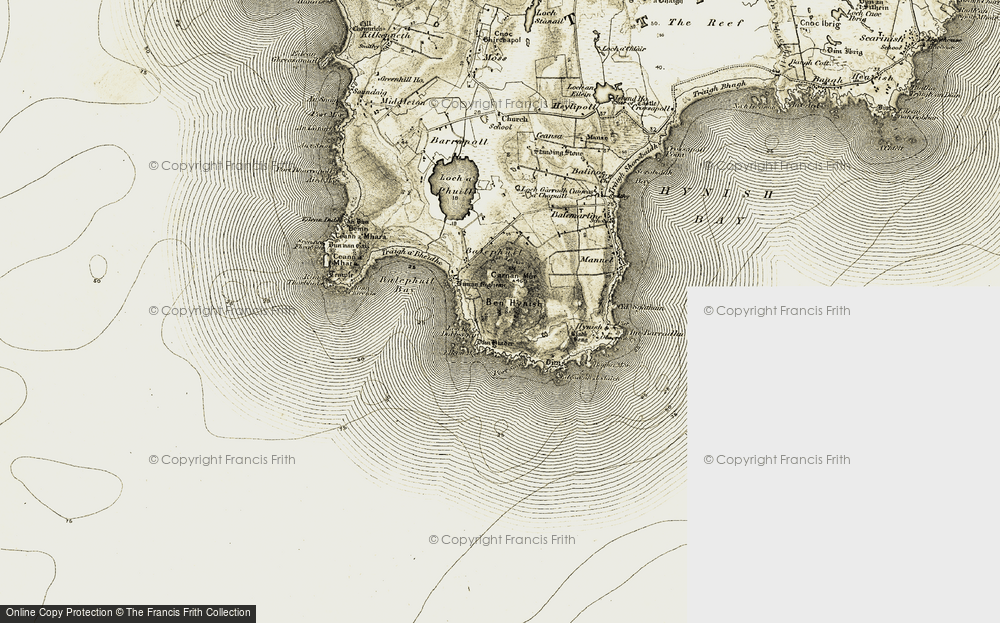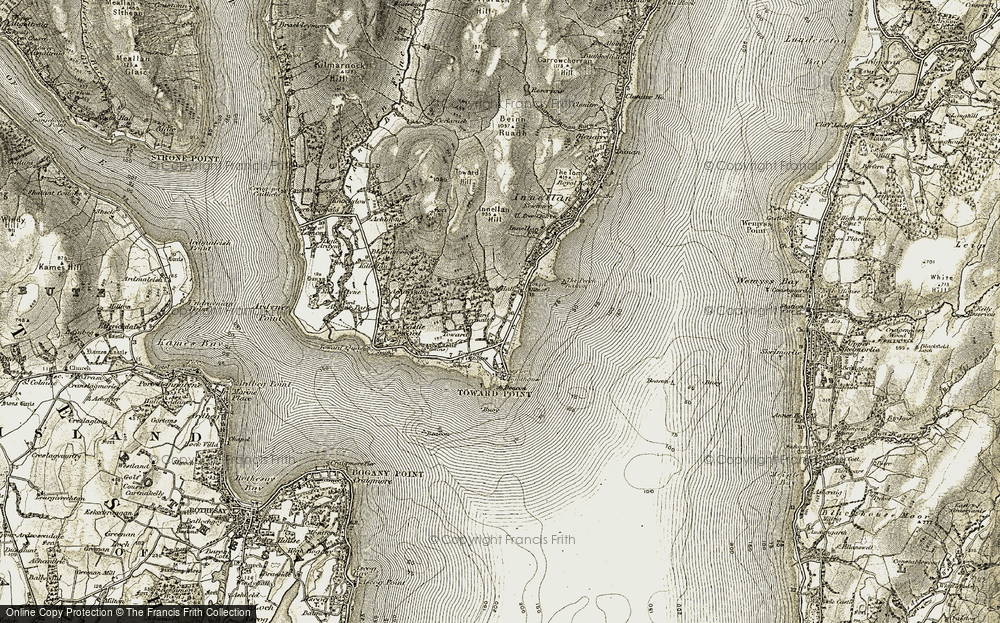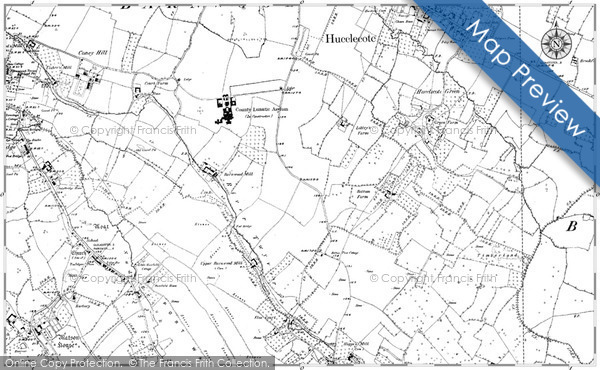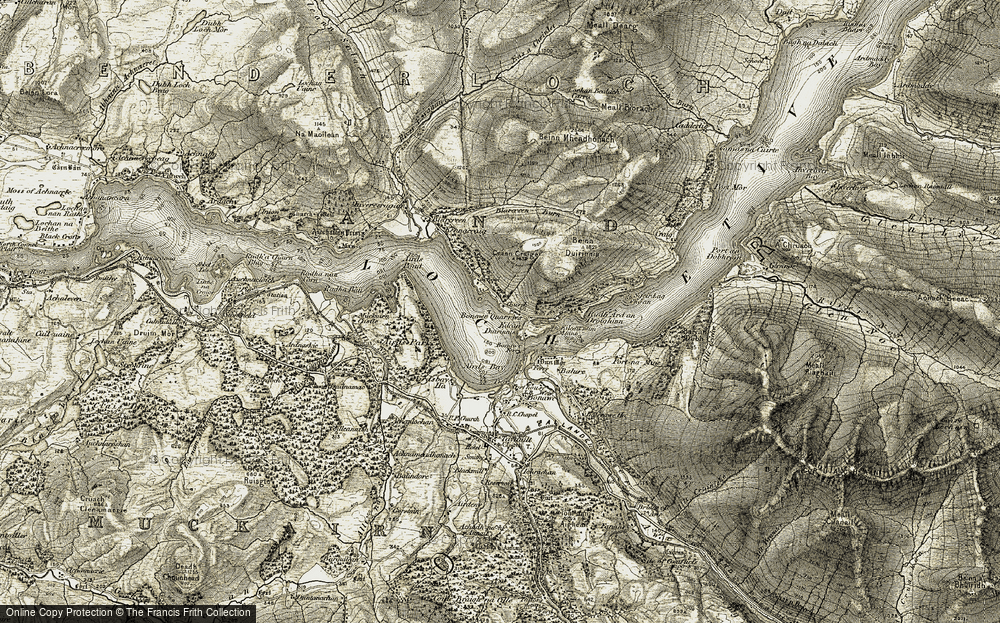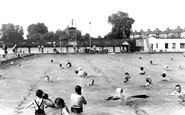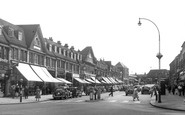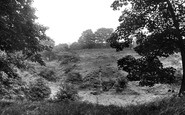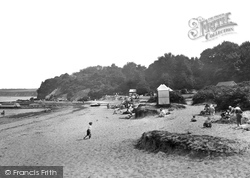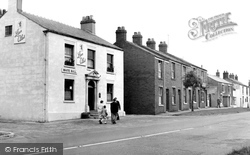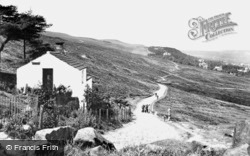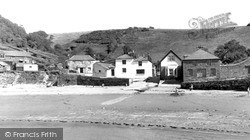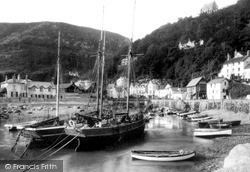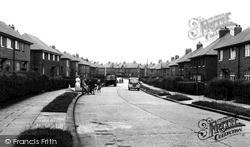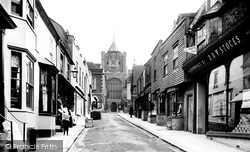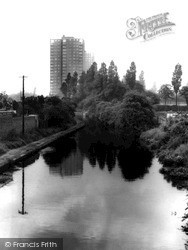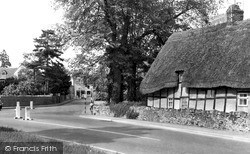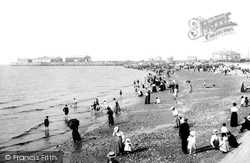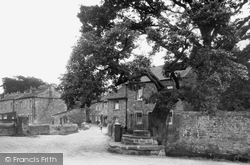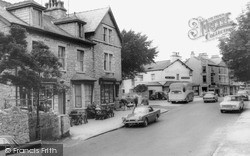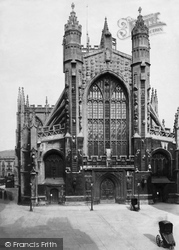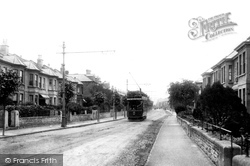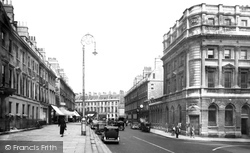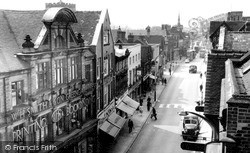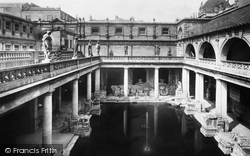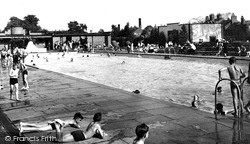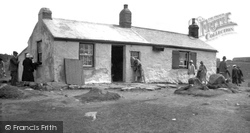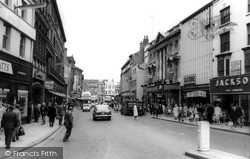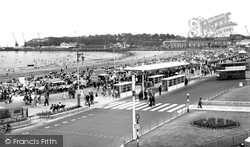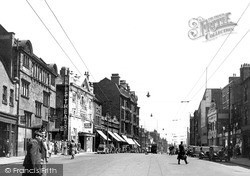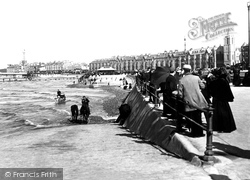Places
Sorry, no places were found that related to your search.
Photos
Sorry, no photos were found that related to your search.
Maps
1,353 maps found.
Books
3 books found. Showing results 529 to 3.
Memories
2,048 memories found. Showing results 221 to 230.
Lindsey Cottage And The White House
In 1949 my mother and I moved to Bentworth when my mother became the Health Visitor for Alton. We first stayed at rooms in the White House which was diagonally across from the Dugdales in the Big house at ...Read more
A memory of Bentworth in 1949 by
Surbiton Lagoon In The Fifties
I remember walking to this pool, Surbiton Lagoon, from New Malden. In those days our costume would be rolled in your towel, tucked under our arm and off we would go. No grown ups to escort us. No backpacks or ...Read more
A memory of Surbiton in 1953
Short Memories Of Burnt Oak
Writing this is difficult. I lived in Burnt Oak as far as I know from 1949 to 1953. I recall living in a top floor flat in 100 Littlefield Road. I attended a school off Gervas Road but cannot remember the name. I do ...Read more
A memory of Edgware in 1951
Hawthorn Box Fields
Pat - it's lovely to read about Hawthorn as my grandmother Mrs Berrett and my Uncle Peter and Aunt Hilda Evans also lived there. School holidays were spent picking blackberries at the old D.P camp and playing in the ...Read more
A memory of Hawthorn in 1955 by
School And Before
I lived in Holly Street, North Kilbowie, I was born there 1949. My gran and grampa moved into 1 Holly Street in 1939 before the Second World War. The stories they knew about the blitz were funny as well as tragic. I lost my ...Read more
A memory of Clydebank in 1954 by
Valence Park
During the 1940's my Mother worked as a part time Park Keeper at Valence Park, I and my older sister spent many hours in the park, it was the safest place to be during an air raid, I remember the doodle bug hitting the houses in ...Read more
A memory of Dagenham in 1944 by
County Oak Tushmore Sports And Social Club
So named because members were from north of Crawley on the main A23 Brighton Road, not big enough to be a village, but a hamlet stretching half a mile north and south of todays Manor Royal Estate ...Read more
A memory of Crawley in 1954 by
The Old School Memories
I attended Pengam school until 1945, when spotty Willliams was the head master, only a little man but he could swish the cane on you which I remember well. During the war we all had to carry our gas masks with us ...Read more
A memory of Pengam in 1940 by
The Bathing Hole
The stream in front of the war memorial ran down to the Browney river a few hundred yards below the Dean, where half of the Witton school kids learned to swim in deep pools created by dams made by Harry Bell and Davy ...Read more
A memory of Witton Gilbert in 1954 by
My Dads Shop
I always remember my dad's tuck shop in Idle, we were the end cottage on Albion Road next to the school. I was only 5 years old when we moved away but it's funny how memories, even at such a young age, stay with you. I remember walking ...Read more
A memory of Idle in 1963 by
Captions
1,059 captions found. Showing results 529 to 552.
Studland has one of the best and least tampered-with beaches in Dorset - a real reminder of those halcyon days when such luminaries as George III promoted the merits of sea bathing.
Bilsborrow lies between Lancaster and Preston on the traffic-laden A6 road. The White Bull inn dates from the 18th century, and still believes in a roaring coal or log fire in winter.
The late Victorian and Edwardian buildings are part of the expansion of Felixstowe as a seaside resort.
On the way up to the White Wells, a man and his dog pause to drink in the dramatic view. Meanwhile the ladies sense the Tearoom just around the corner.
Polkerris was once a fishing harbour with a stone pier, but it is now a popular bathing place.
Ships from South Wales carrying lime and coal were once regular visitors to the town.
Manor Road would not win any architectural awards; in fact, the picture could have been taken in any one of a hundred or so towns where similar houses were built.
We are looking up Lion Street towards St Mary's church, the Town Hall and Fletcher's House in summer sunlight nearly a century ago.
A massive building programme changed the face of Wednesfield in the 1950s, and tower blocks like these seemed for a while to be the answer to the housing problem.
This thatched cottage stands between Bouncers Lane and Blacksmith's Lane, and is one of many half-timbered buildings in the village.
There is an element of restraint amongst these holiday-makers, their clothes hardly suited for the occasion as they explore the sands below the stone jetty.
Beneath the ancient oak are the 'fish stones', steps of a market cross on which monks from nearby Gresgarth displayed their catches for sale.
A pleasant setting against a backdrop of wooded hills and a gentle coastline with wonderful views to the southern Lakes helped establish Silverdale as a quietly fashionable medicinal sea-bathing resort
Remarkably little of the medieval city survives; apart from St Mary Magdalen and a fragment of town wall, the Abbey is the main physical evidence of what was a prosperous town built on the wool trade.
There was considerable expansion of Bath in the later 19th century along the valley towards Bristol. This view looks west along Newbridge Road with its terraces of neat villas.
The north side of George Street is raised above the roadway; at the left is part of Edgar Buildings, completed in 1762, whose centrally-pedimented houses close the vista up Milsom Street.
In the foreground, awnings are pulled out over Briggs shoe shop and the Maypole Dairy. Next door, under the clock, is Mottrams, established in 1865.
The Roman town of Aquae Sulis, now Bath, grew up at the point where the Fosse Way crossed the river Avon.
Was the East Midland's climate ever that good? Open-air swimming pools are probably the direct descendants of the sea-bathing craze that swept the country during the 19th century.
This must be the most visited and certainly the best placed souvenir and refreshment shop in Cornwall, just a stone's throw from the tip of Land's End.
Thomas Cook started his travel business from a building overlooking the Clock Tower in 1841, and the front commemorating this historic undertaking, put up in 1894, is, indeed, special.
Here we see the southern end of the sands on a very crowded day in the 1950s, with the cranes of the harbour and Nothe Fort in the distance.
The nearest tall building on the left is the Skin Clinic, originally the Turkish Baths, and beyond it is the News Theatre.
Horses are very prominent in our photograph: one brave horse cab is going through the waves, and horses from the 'vans' (bathing machines) are coming ashore.
Places (0)
Photos (0)
Memories (2048)
Books (3)
Maps (1353)


